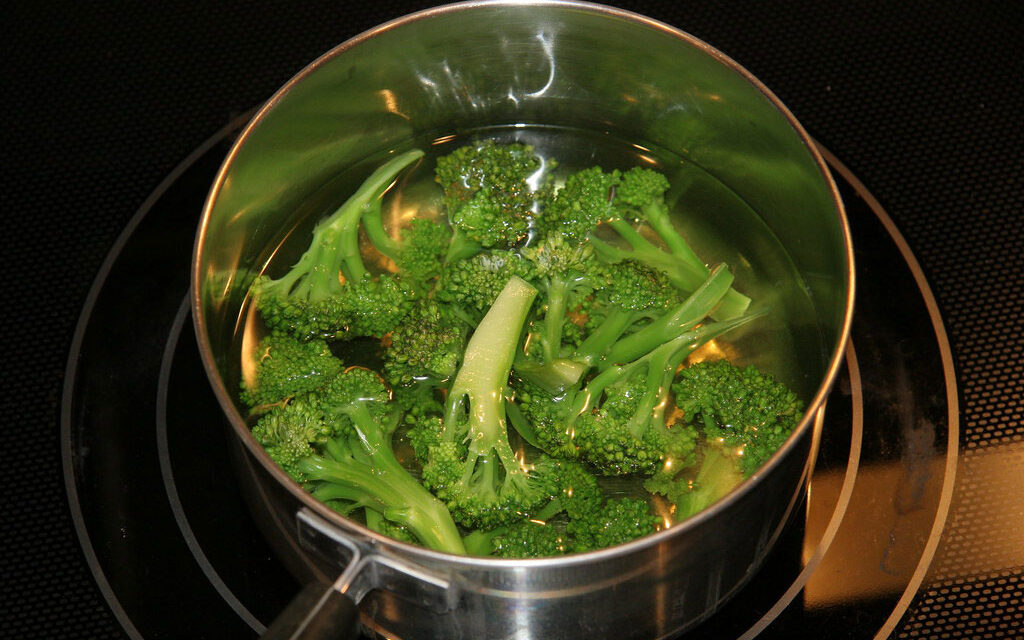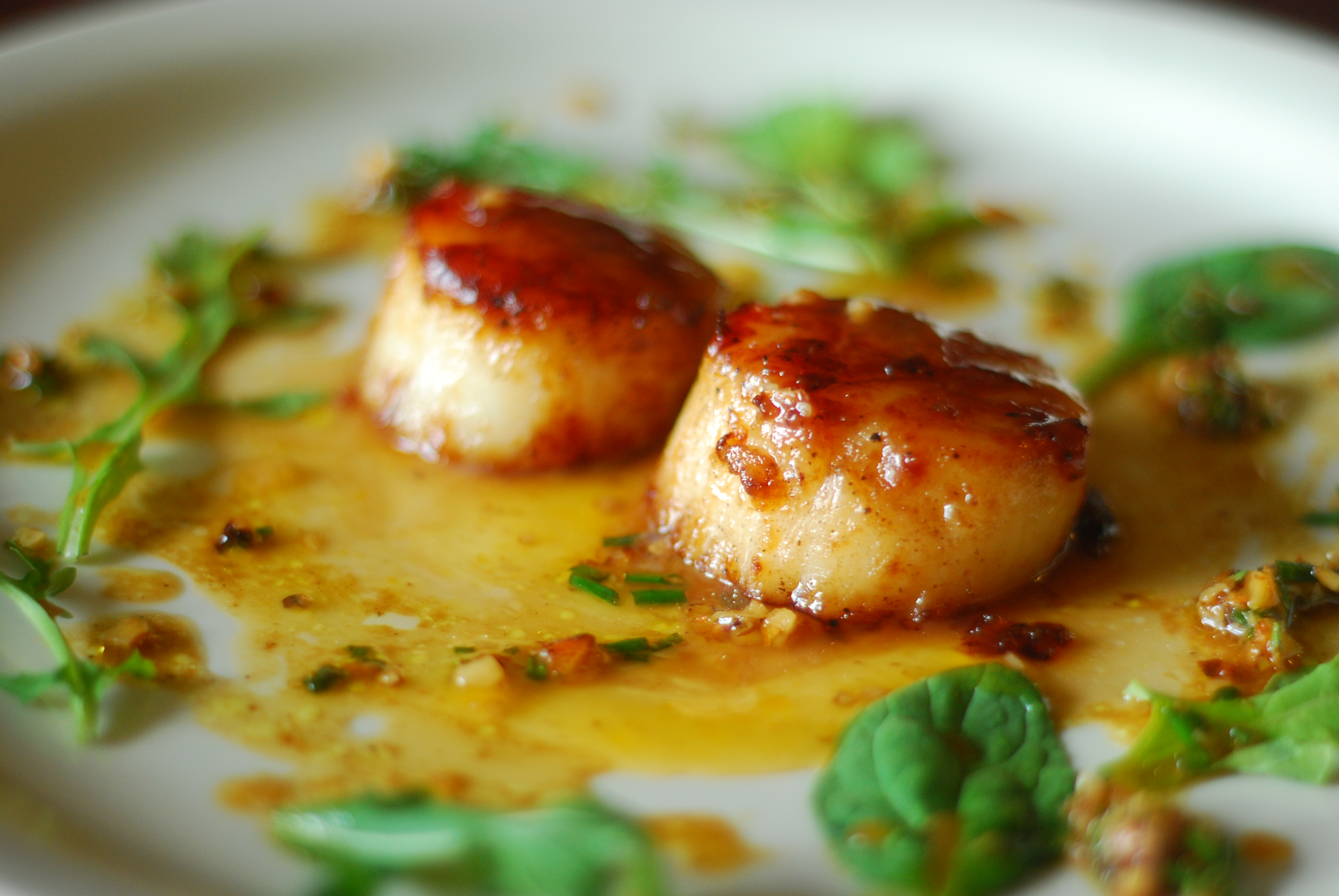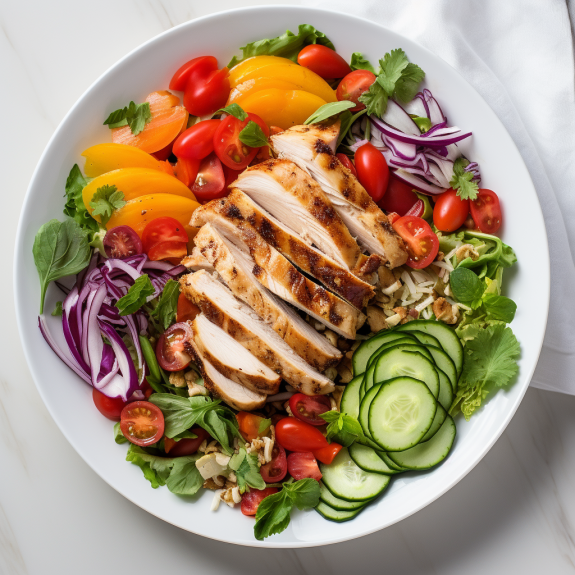Blanching is a simple yet essential cooking technique that involves briefly immersing food in boiling water or steam, followed by rapid cooling in ice water. This method helps preserve the color, texture, and nutritional value of foods, making it especially useful for vegetables, fruits, and even certain proteins.
How Blanching Works:
- Boil Water or Steam:
Start by bringing a pot of water to a boil or setting up a steamer. The water should be at a rolling boil for vegetables or fruits. For delicate items like green beans or broccoli, you can use a steamer for more gentle heat. - Prepare the Food:
Wash and prepare your food. For vegetables, you may need to peel, trim, or cut them into uniform pieces to ensure even cooking. For fruits like peaches, blanching can help with peeling. - Blanching the Food:
Add the food to the boiling water or steamer. The blanching time varies depending on the item. Vegetables like spinach may only need 30 seconds, while tougher vegetables like carrots might need 2-4 minutes. Fruits like tomatoes or peaches typically need around 1 minute. - Cooling the Food:
Once the food is blanched, immediately transfer it into a bowl of ice water. This rapid cooling halts the cooking process, preserving the vibrant color and nutrients.
Why Blanching is Important:
- Preserves Nutrients: Blanching helps retain vitamins and minerals that might otherwise be lost during prolonged cooking.
- Maintains Color and Texture: The technique keeps the food’s natural color vibrant and its texture crisp.
- Prepares for Freezing: Blanching is often used before freezing vegetables to stop enzyme actions that could cause spoilage or discoloration.
Blanching is an excellent way to prepare ingredients for further cooking, freezing, or simply adding to salads and side dishes. It’s a valuable technique in the kitchen for preserving both the flavor and quality of your food.






